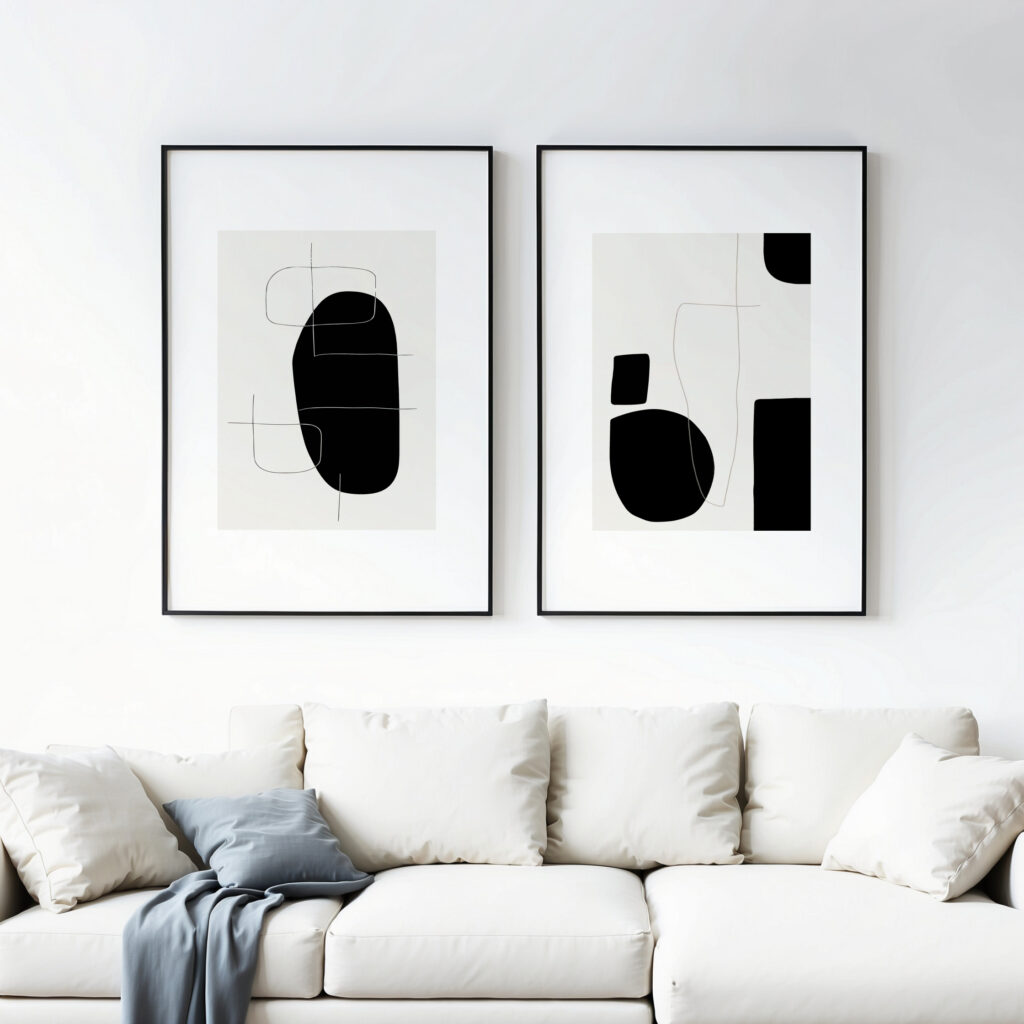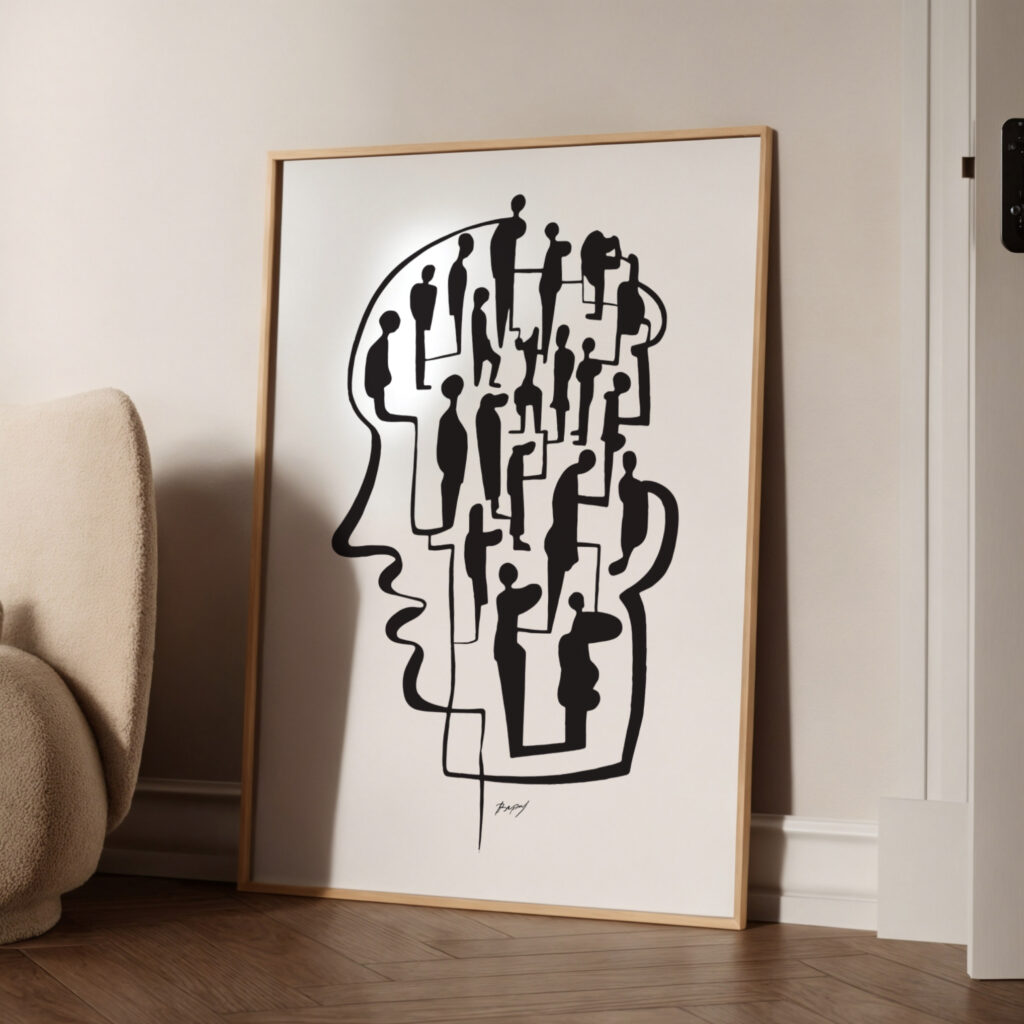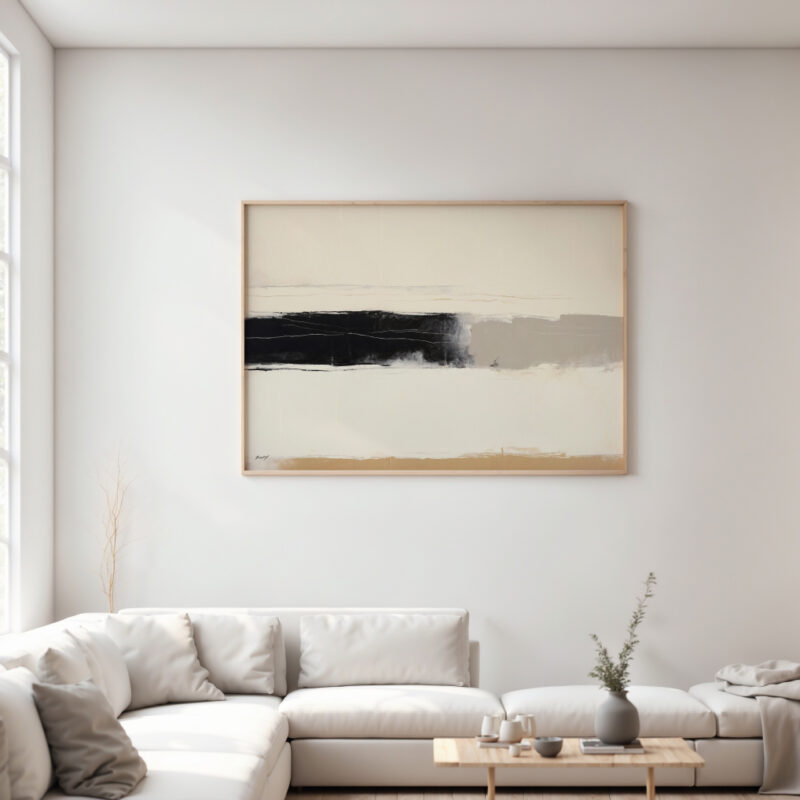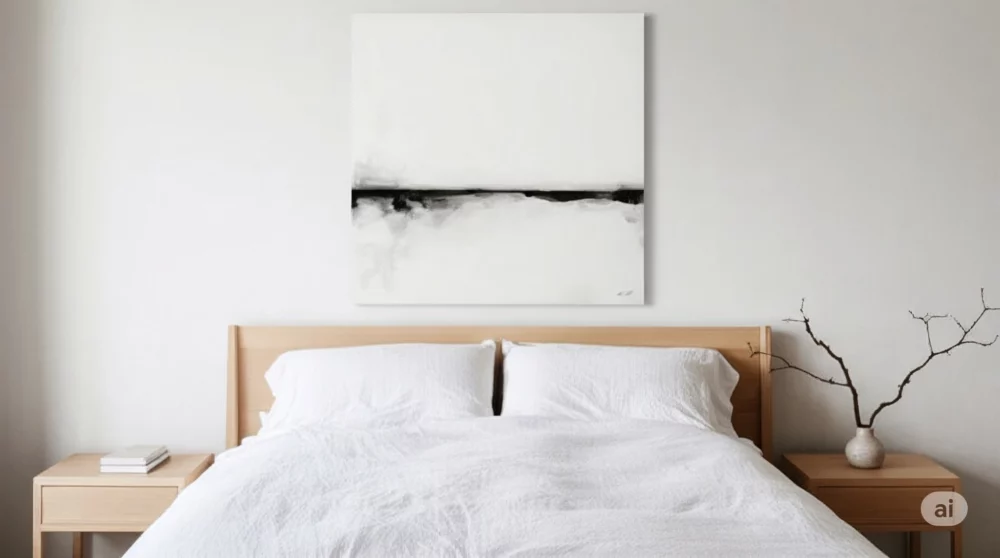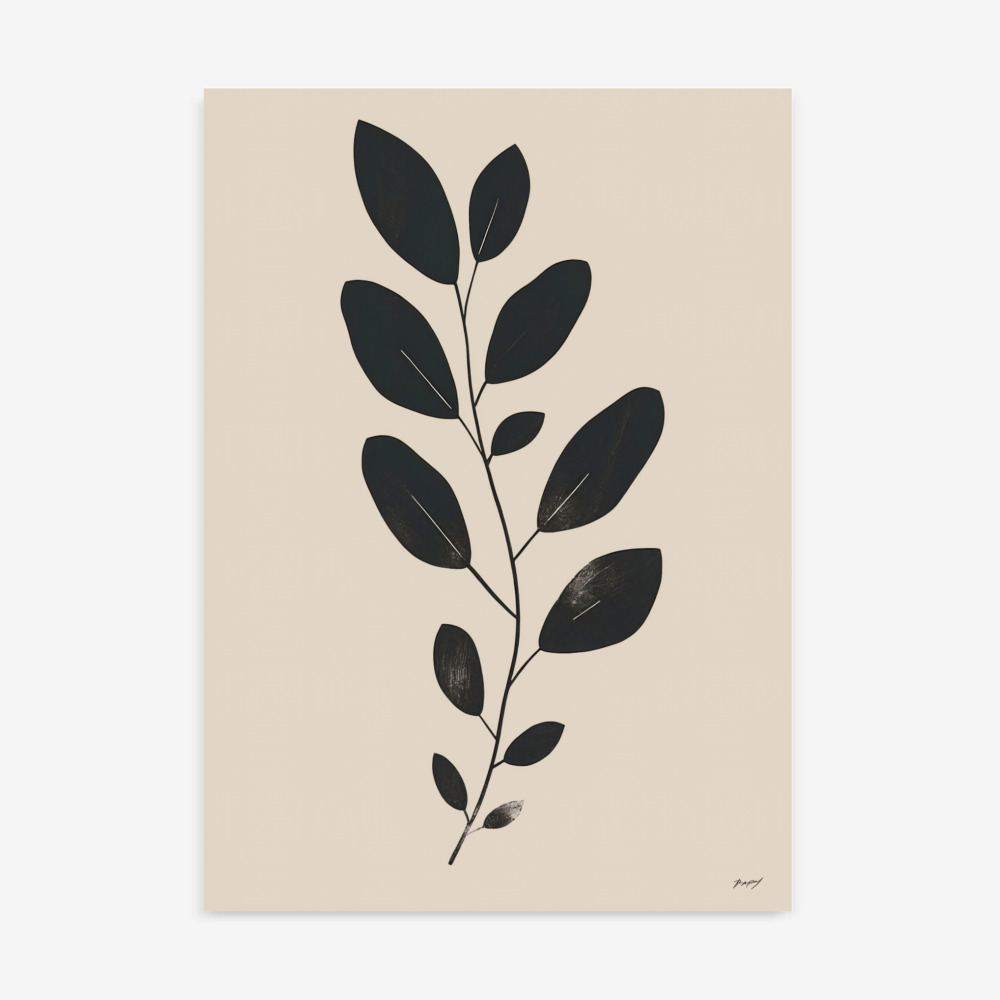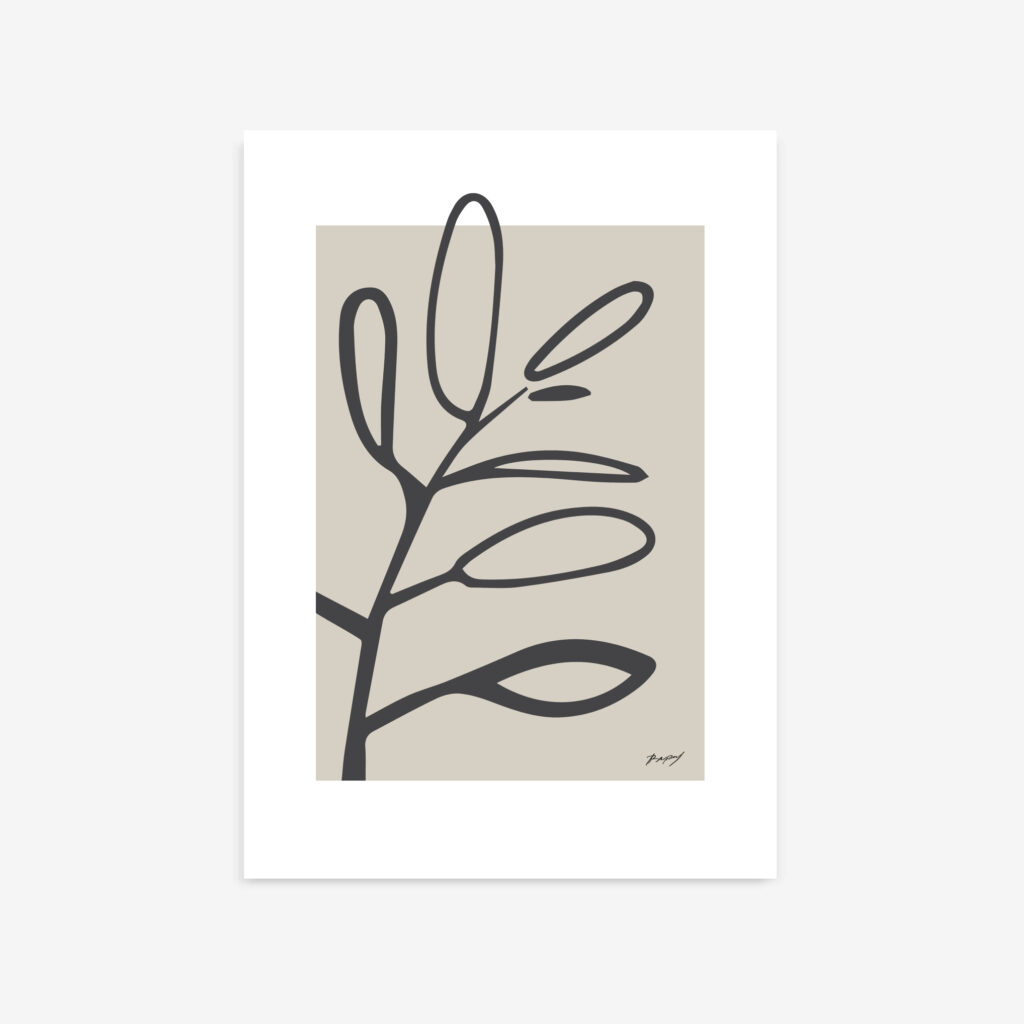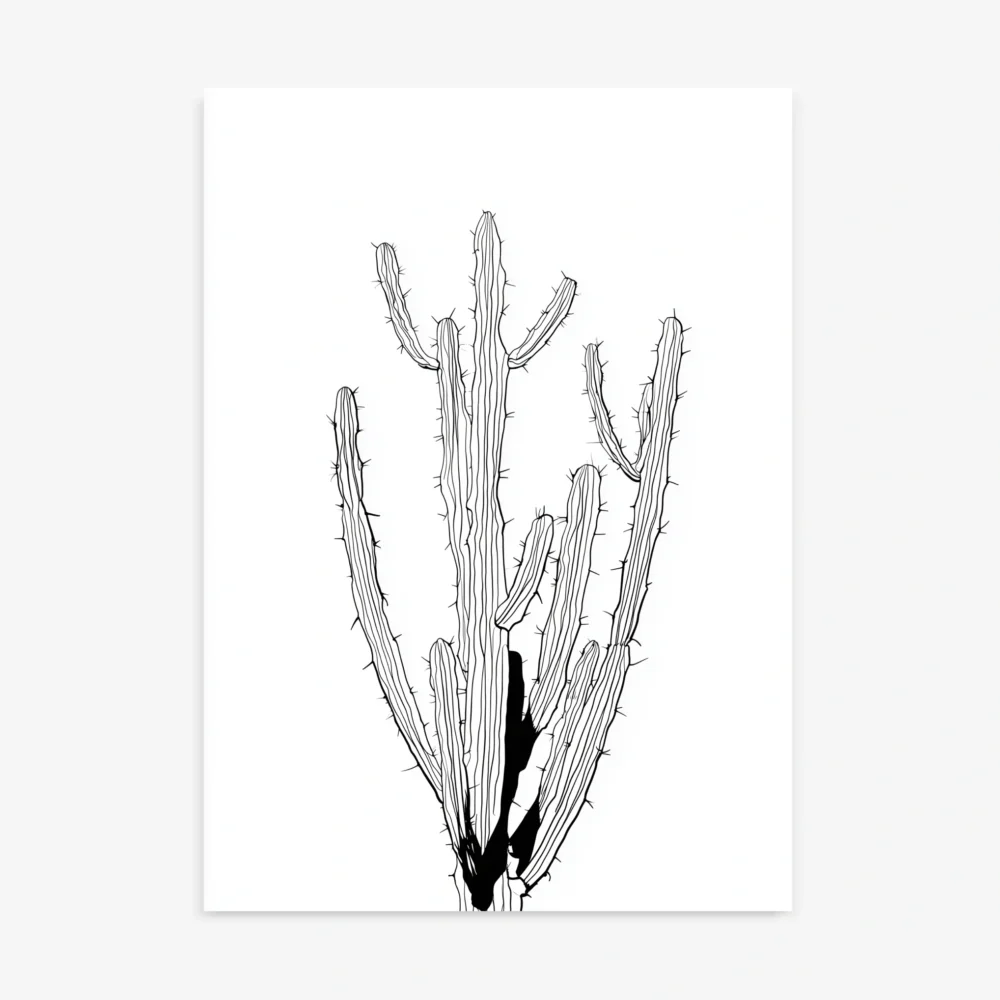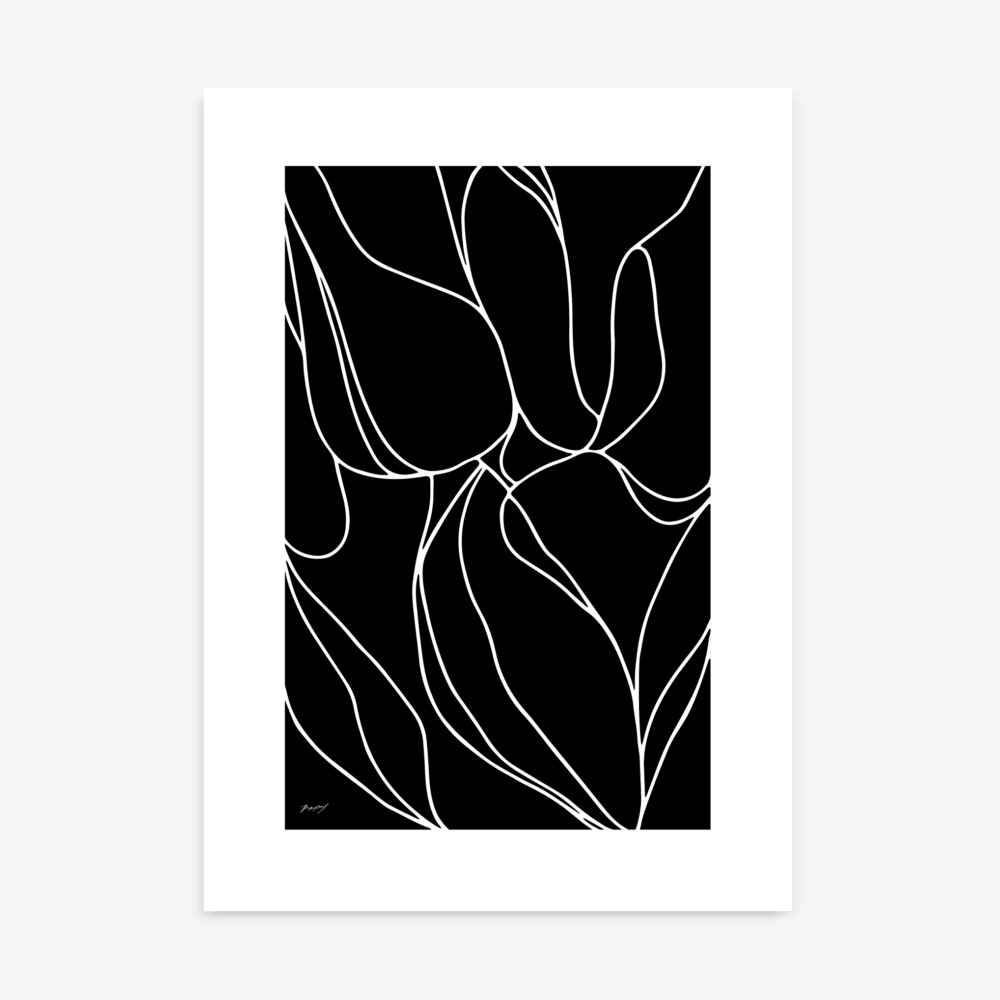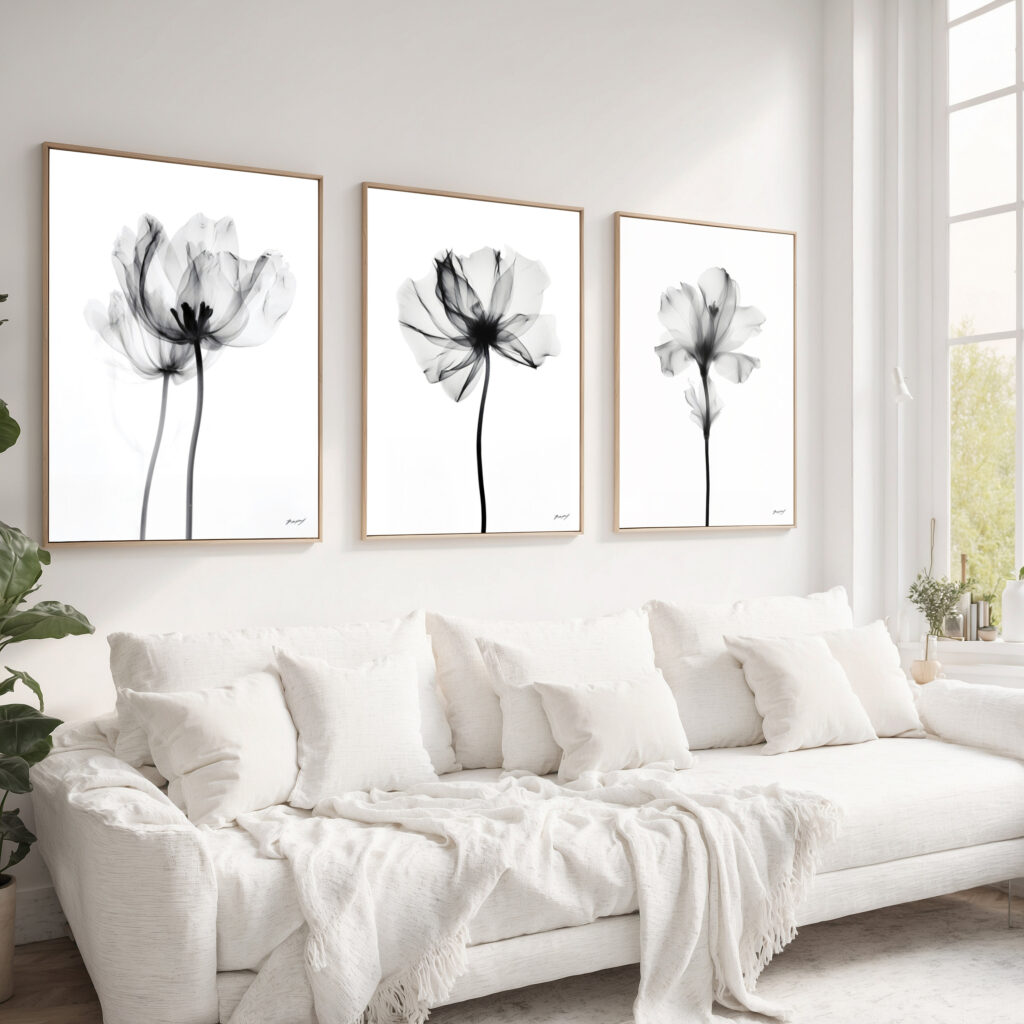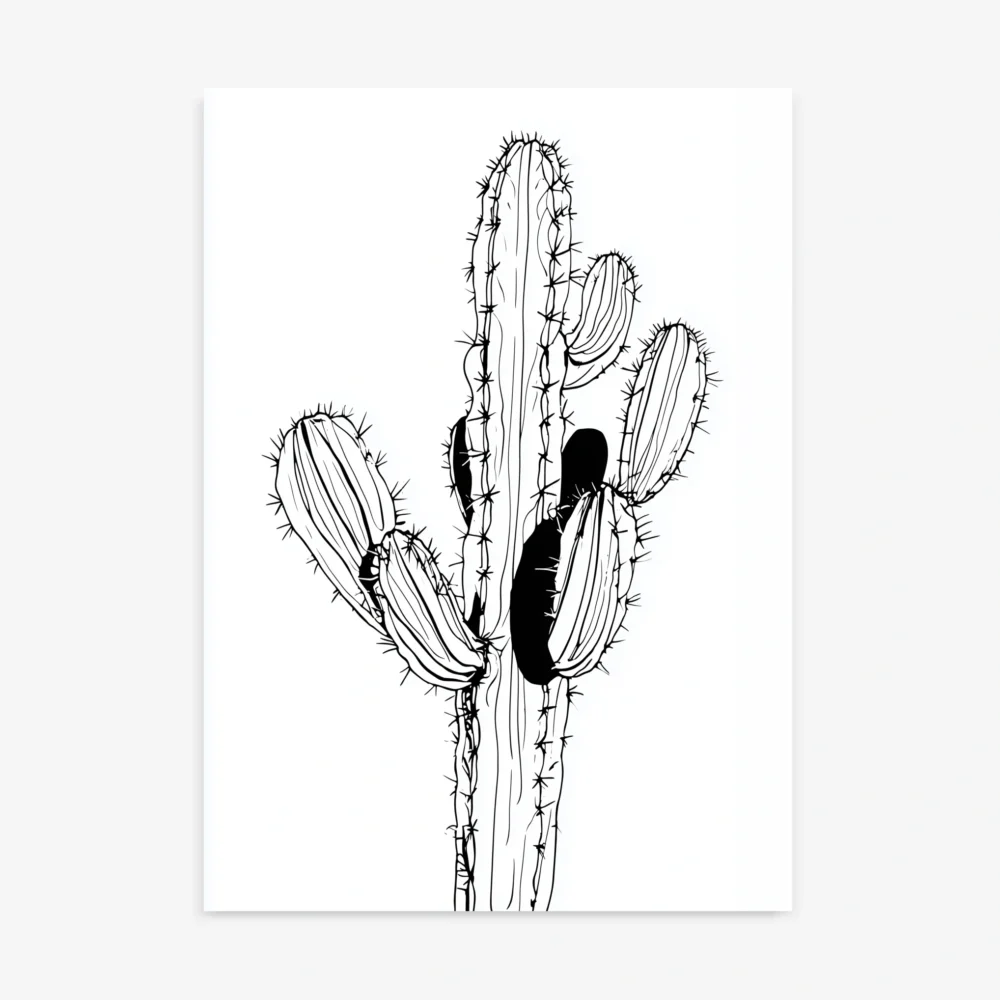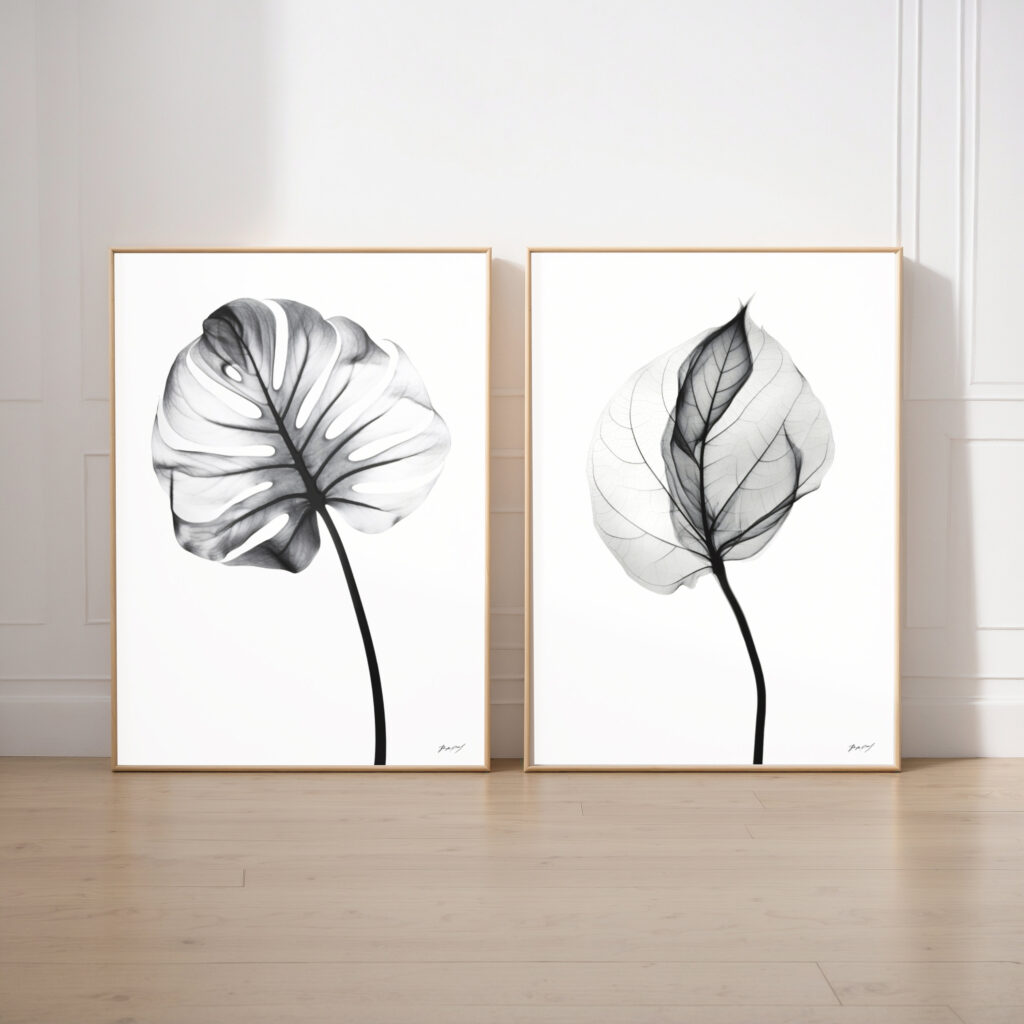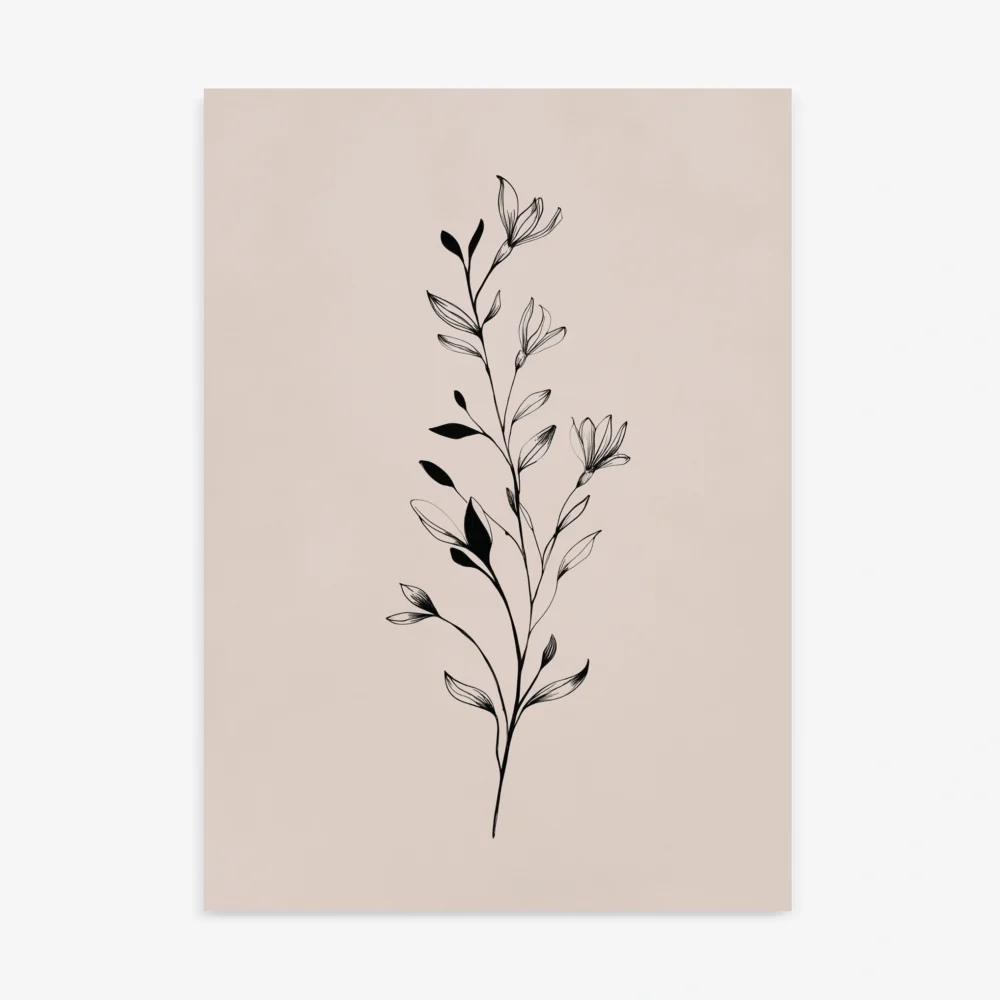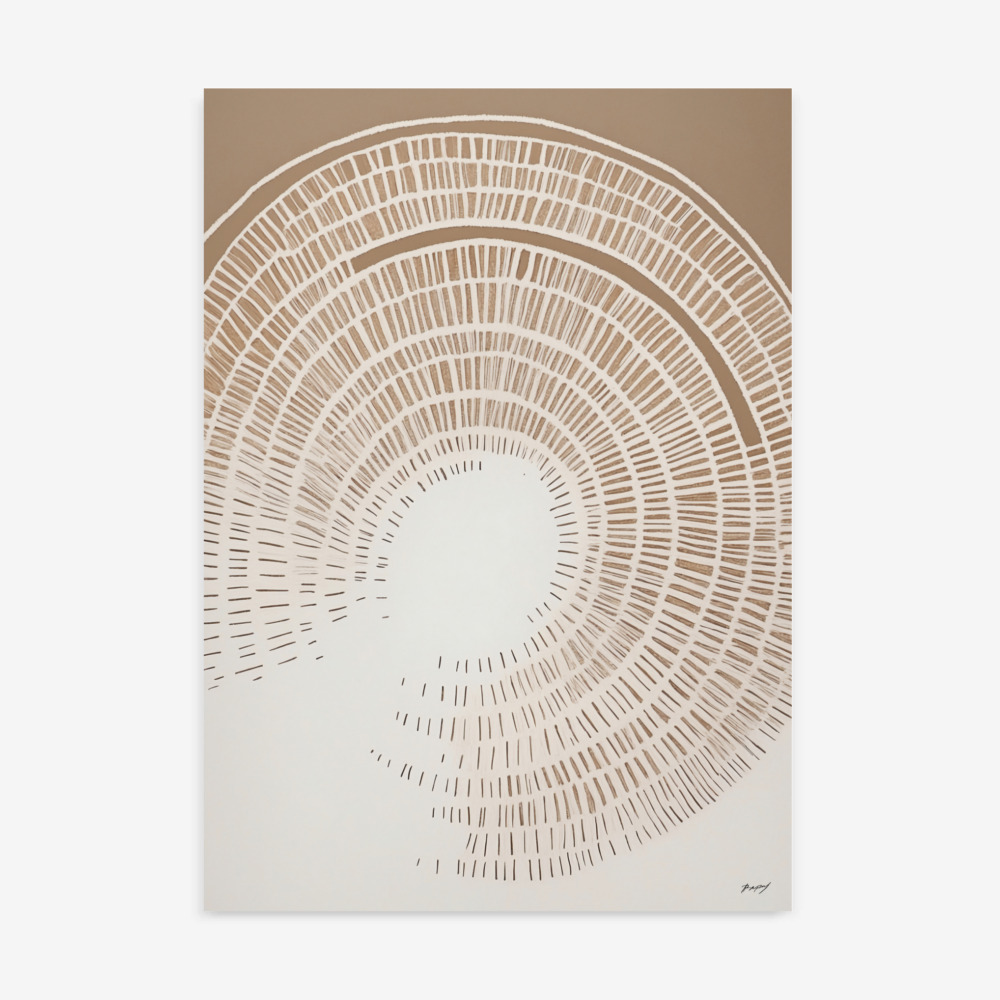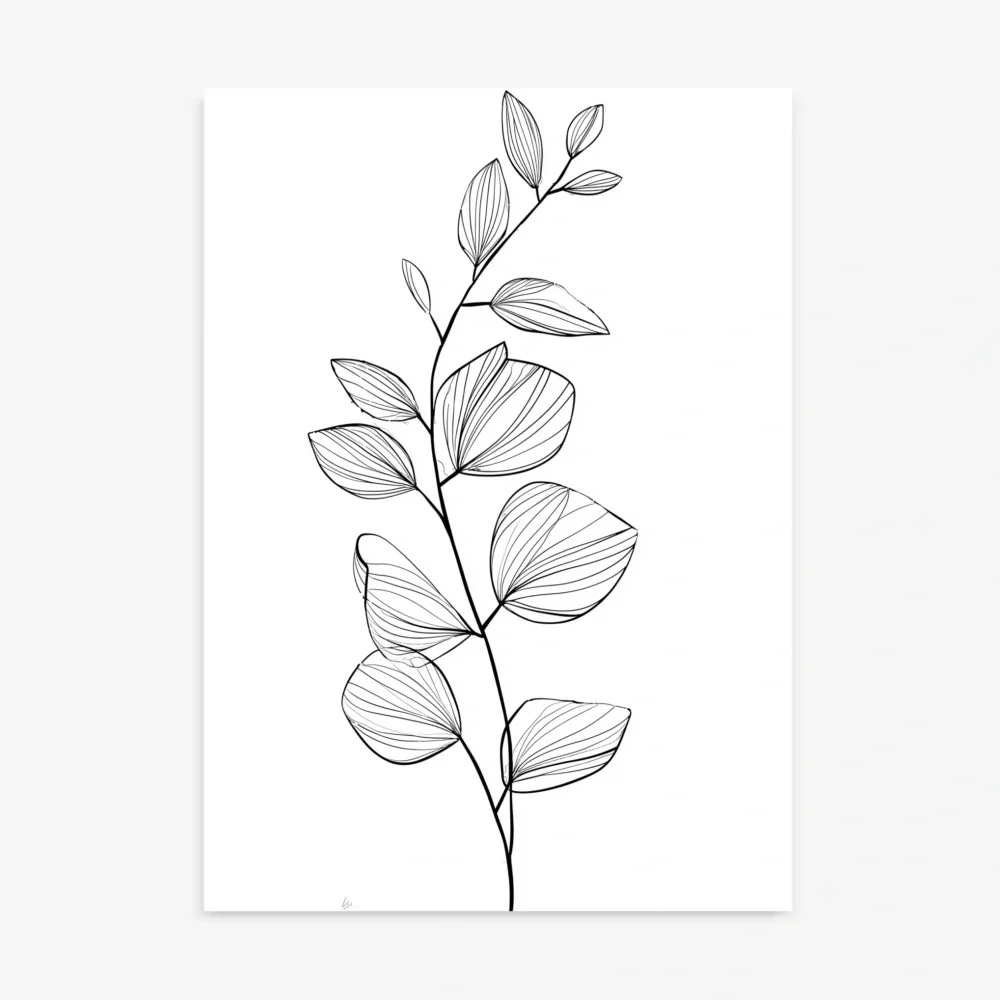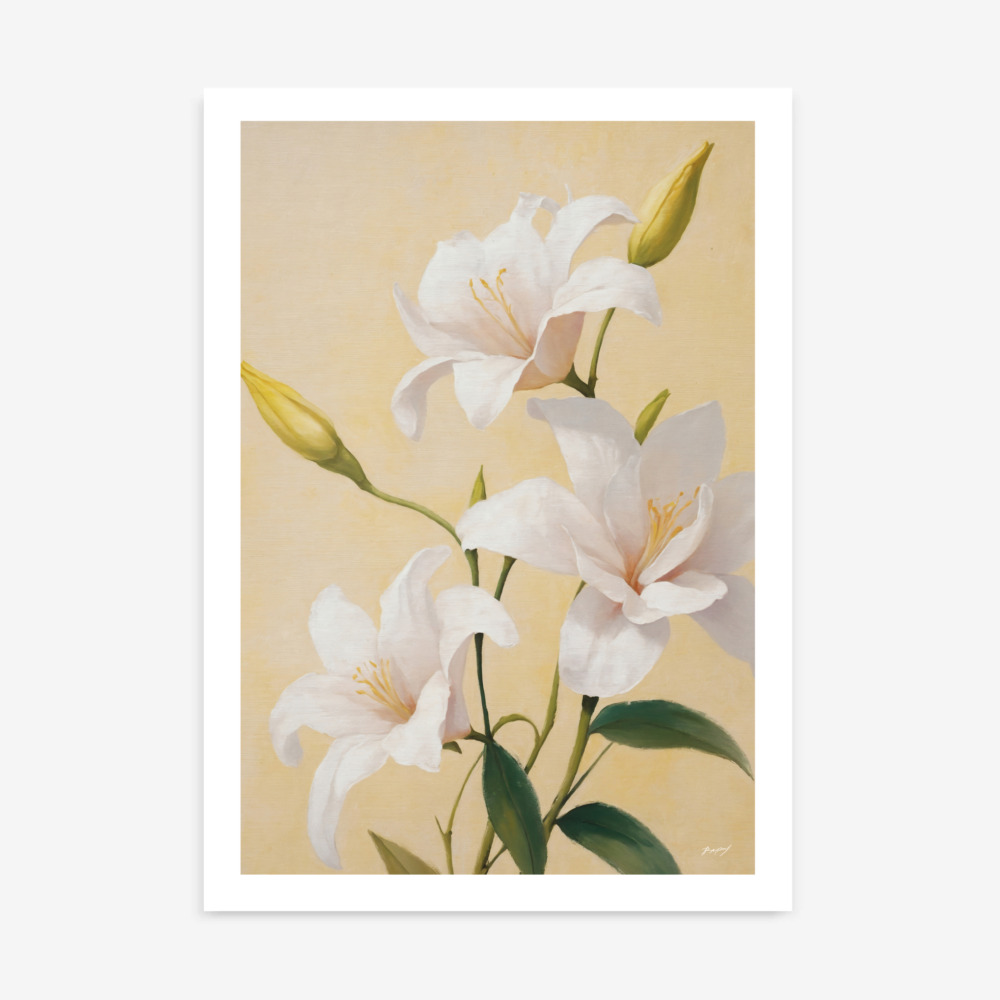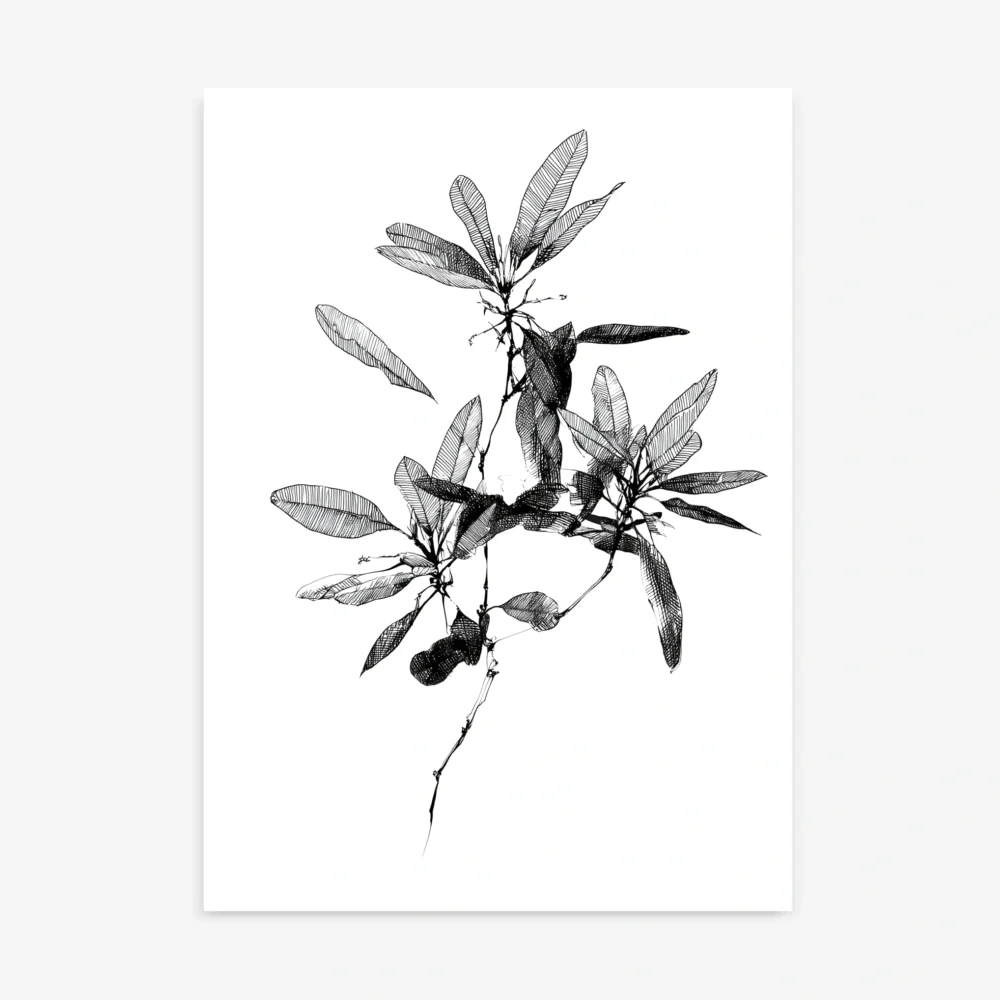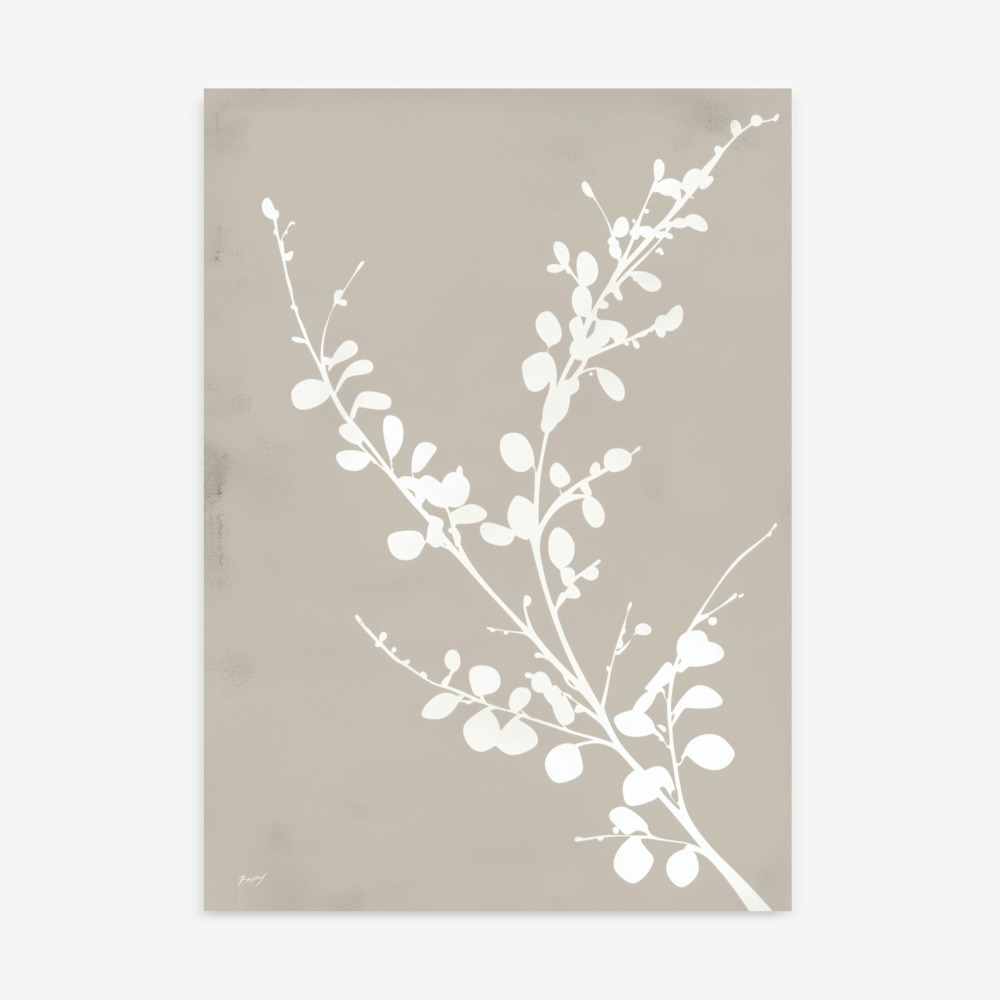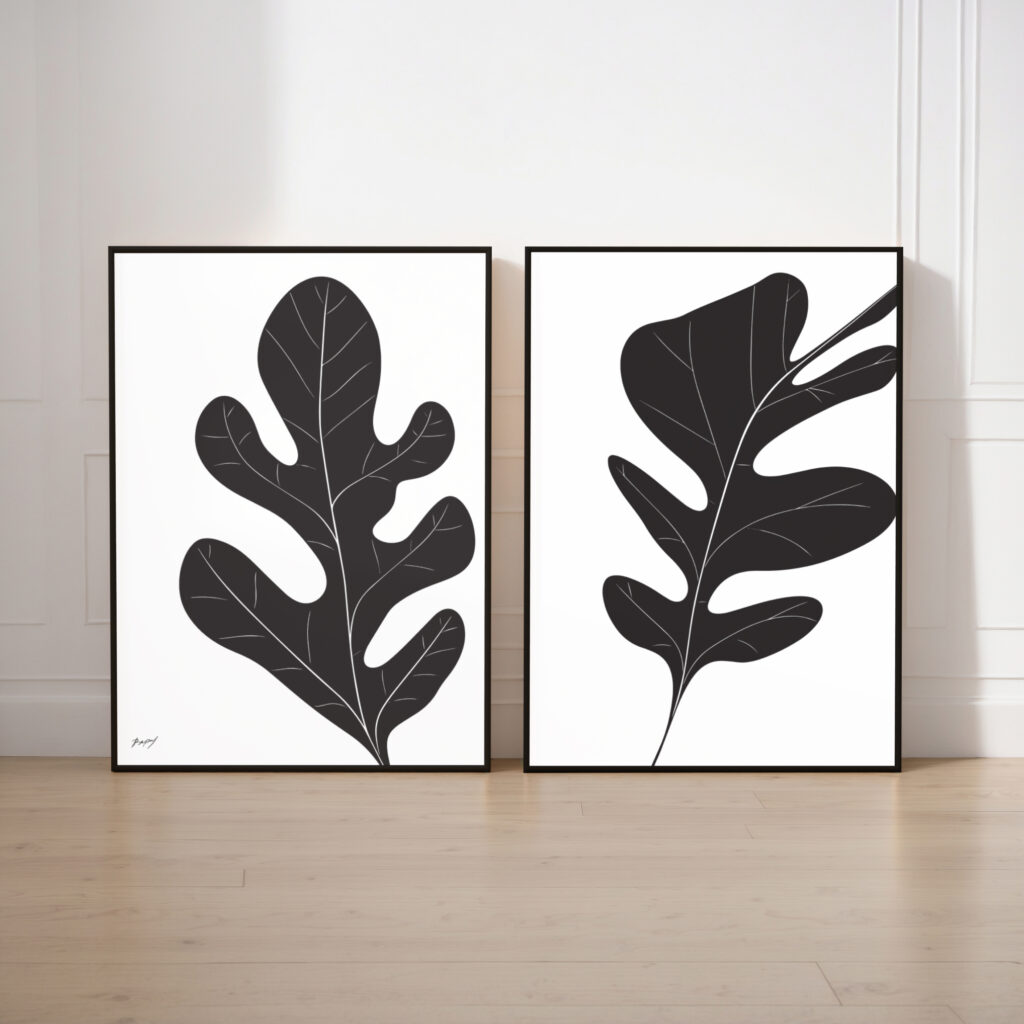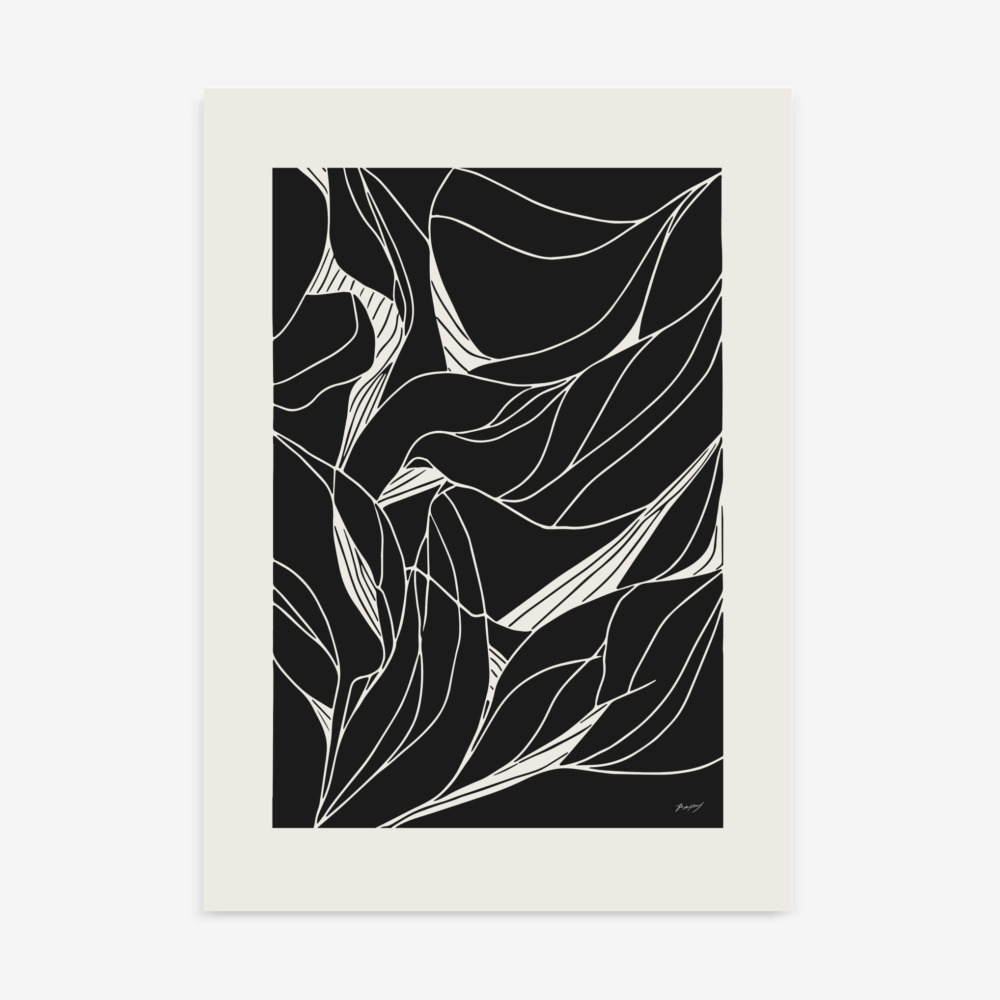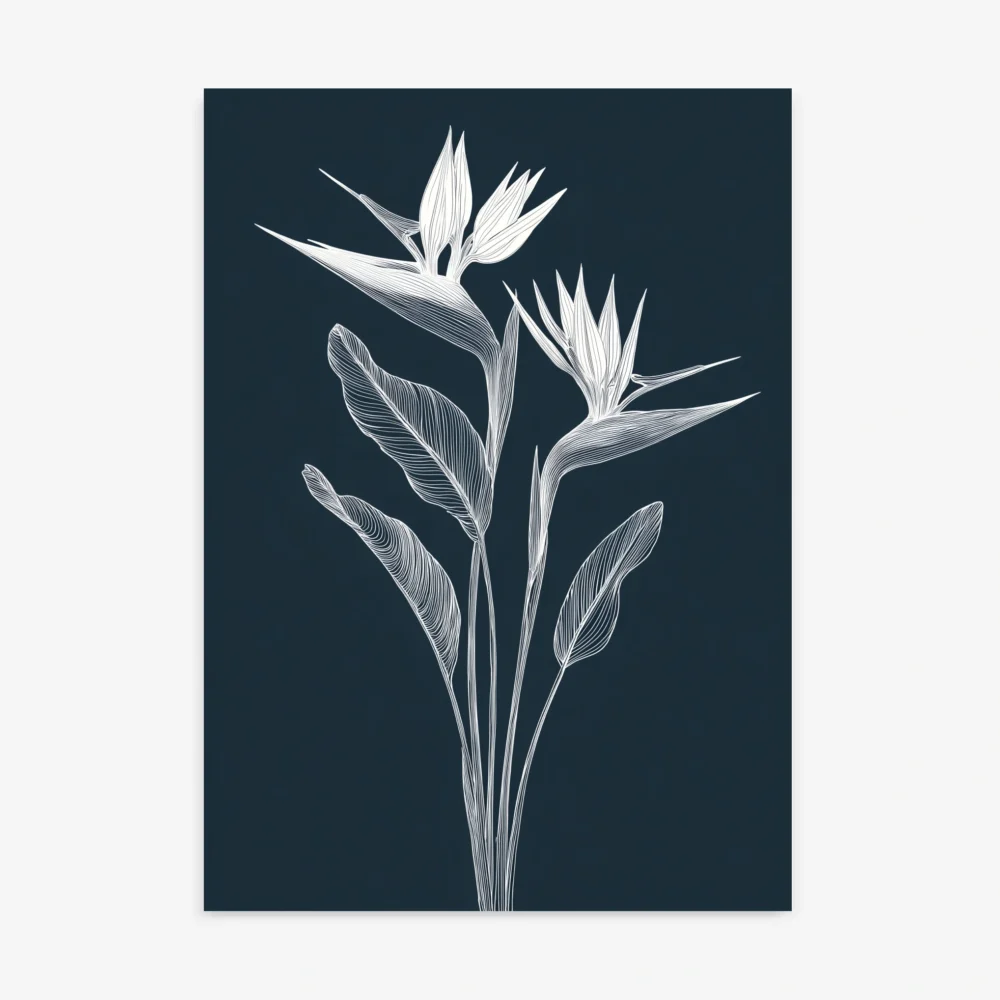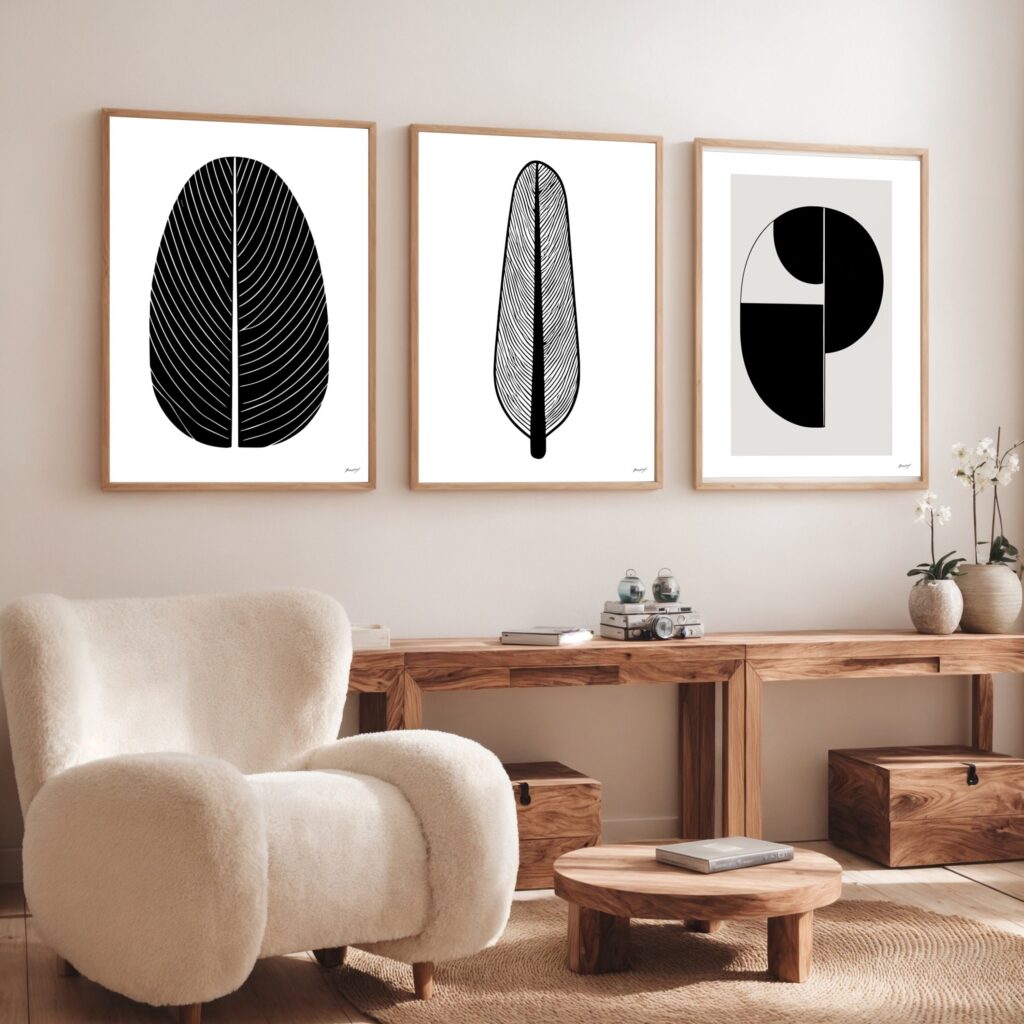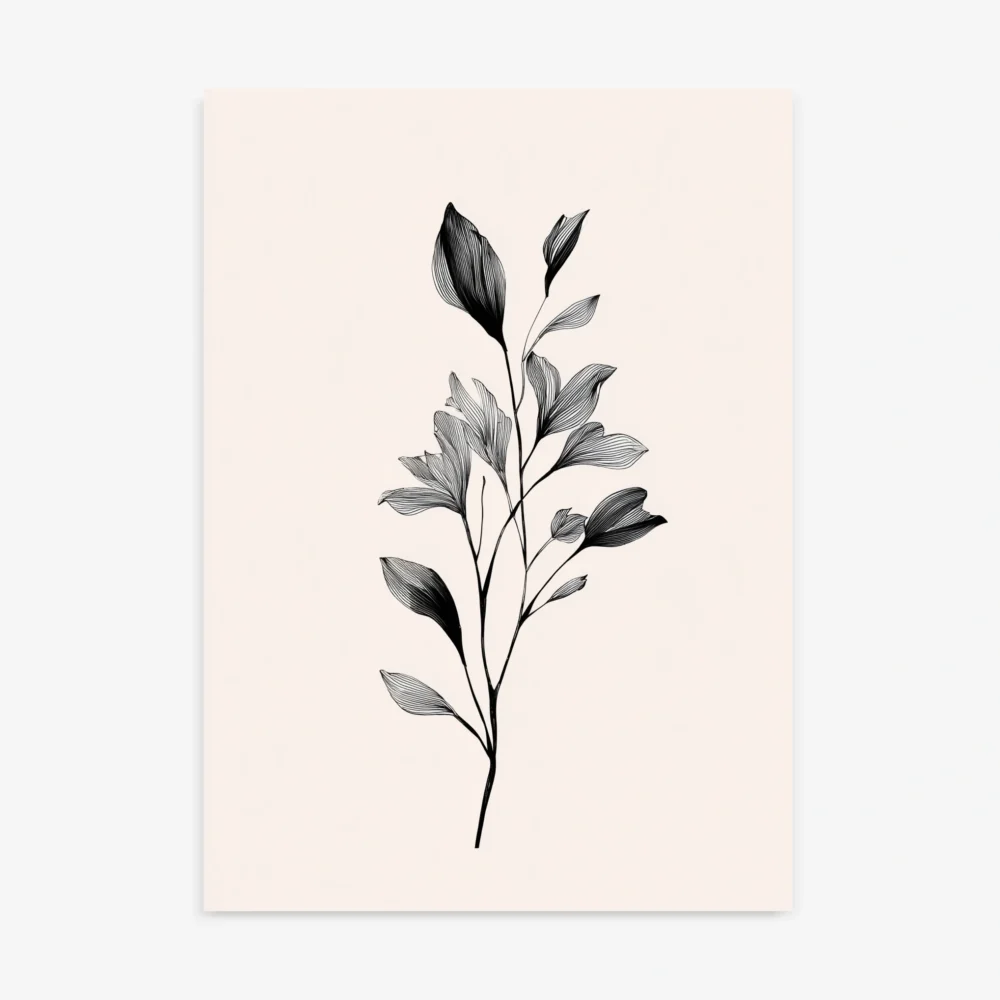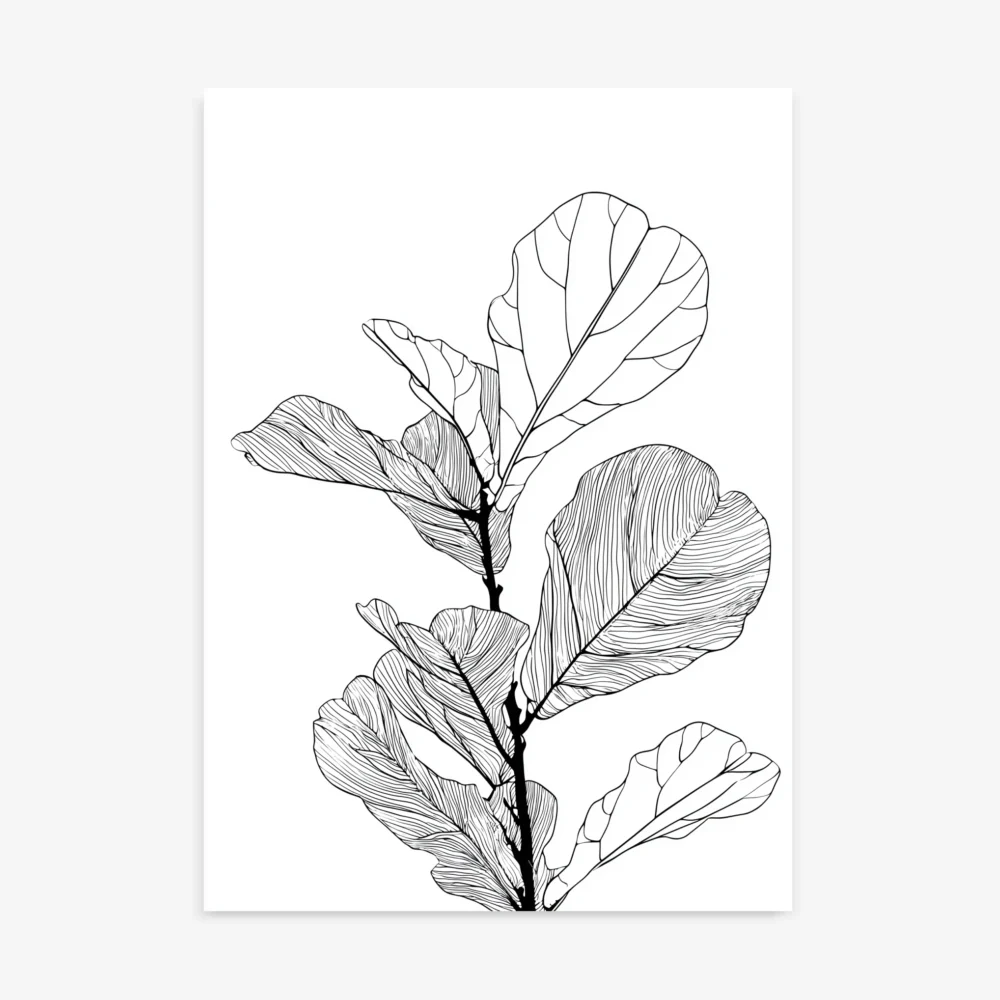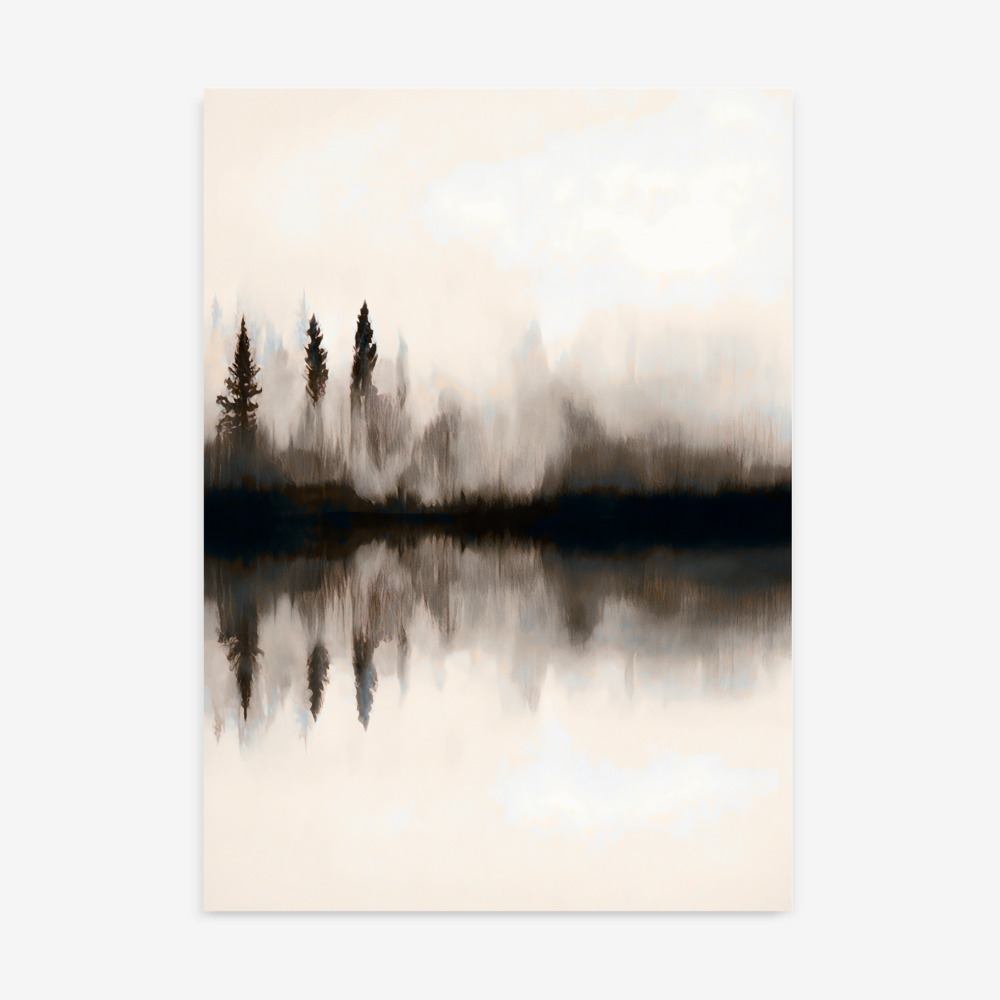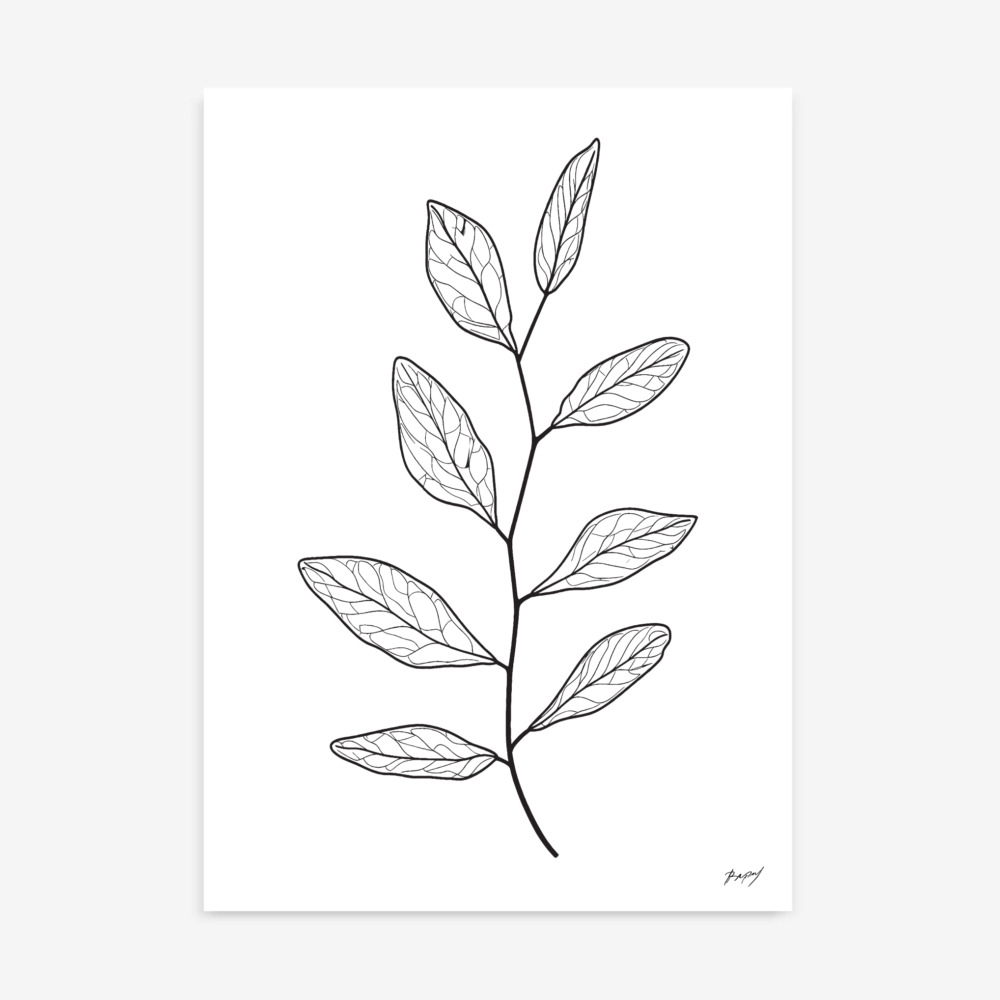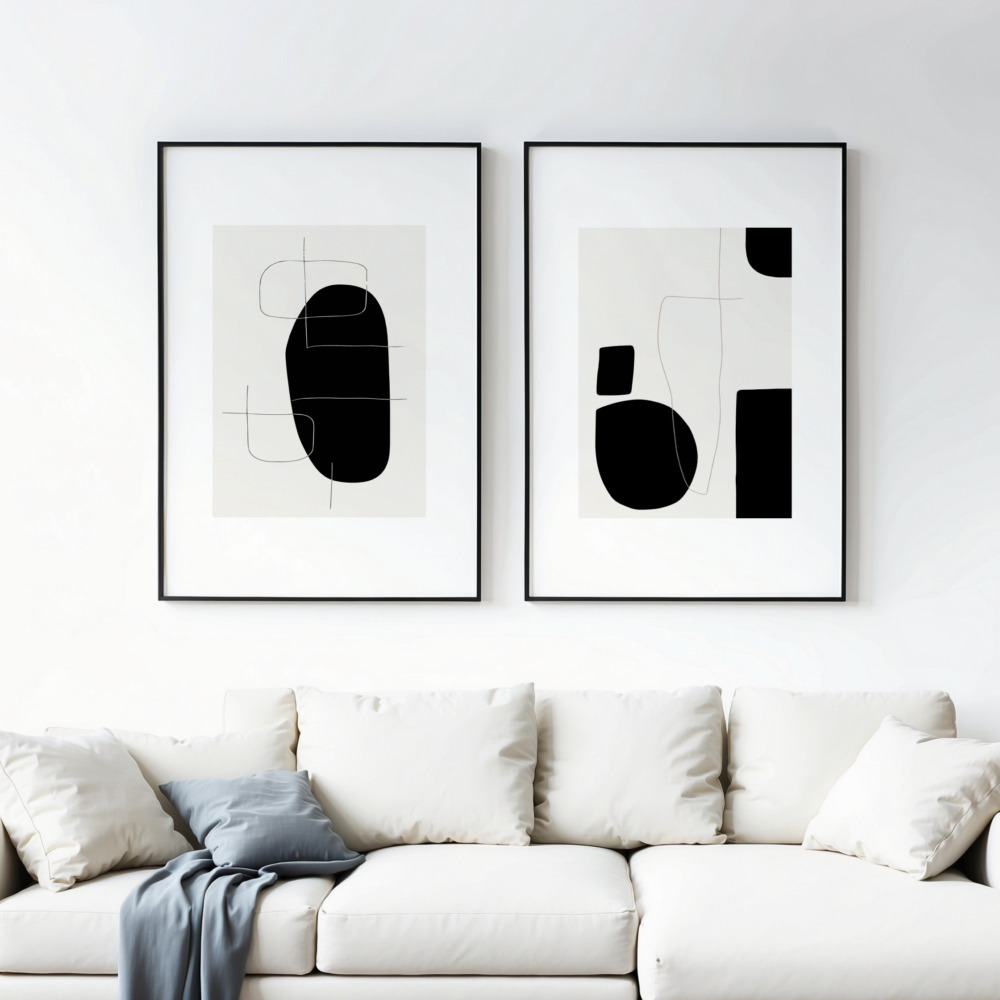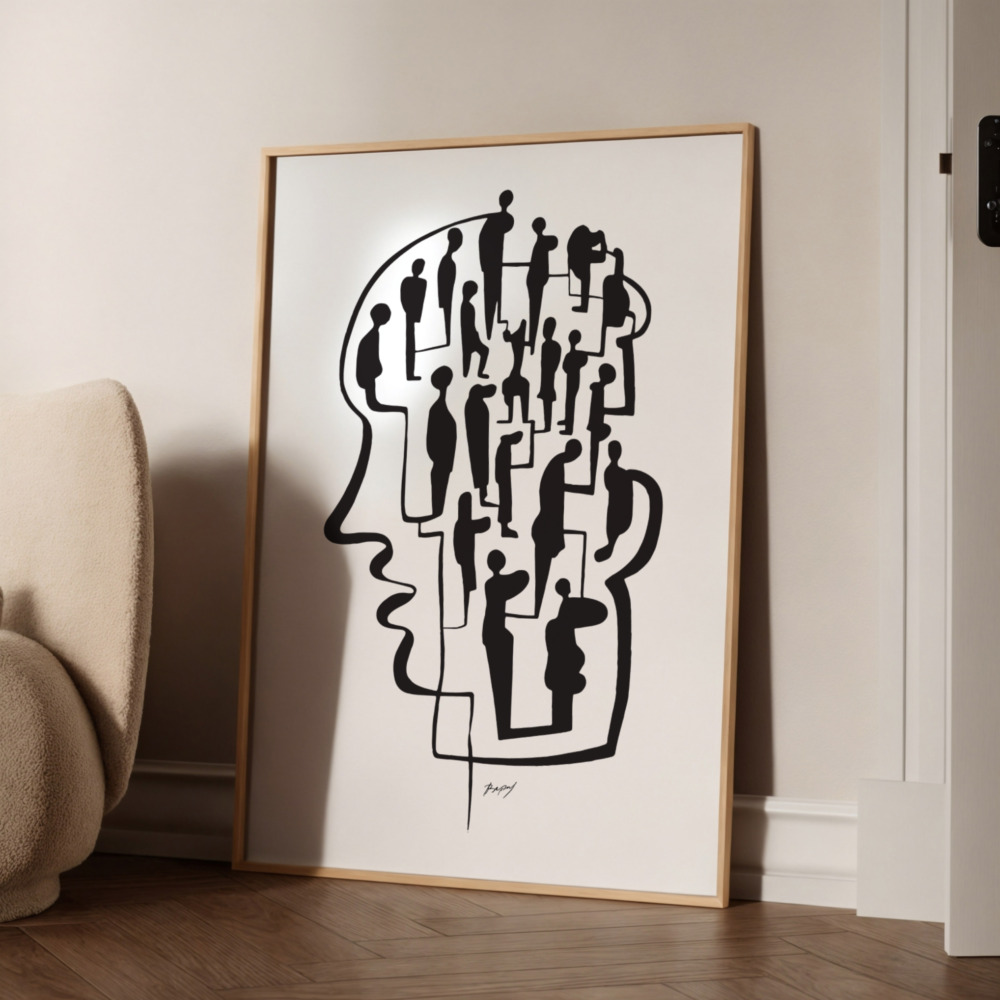Our modern lives are a constant barrage of information. Notifications ping, headlines flash, and our to-do lists scroll endlessly. We are bombarded with noise, both audible and visual, from the moment we wake up. In this state of perpetual overstimulation, our homes have become more than just shelters; they have become our last line of defense, our desperately needed sanctuaries.
We crave a space where we can decompress, quiet our minds, and recharge our spirits. We yearn for a calming atmosphere, an environment that soothes rather than stimulates. This deep-seated need is the driving force behind the enduring appeal of minimalism. But minimalism, especially in home decor, is often misunderstood. It’s not about cold, empty rooms or a sterile lack of personality. True minimalism is a philosophy of intentionality. It’s the conscious act of removing the non-essential to make room for what truly matters: peace, clarity, and beauty.
At the heart of this transformation from a mere house into a serene home is the art we choose to live with. And no art form embodies this philosophy more perfectly than minimalist art prints.
This guide will explore the profound power of “less is more.” We will delve into the psychology of how visual clutter affects our well-being and demonstrate how stripping away the non-essential in art—focusing on clean lines, simple forms, and negative space—can fundamentally transform your space into a harmonious sanctuary for the mind and soul.
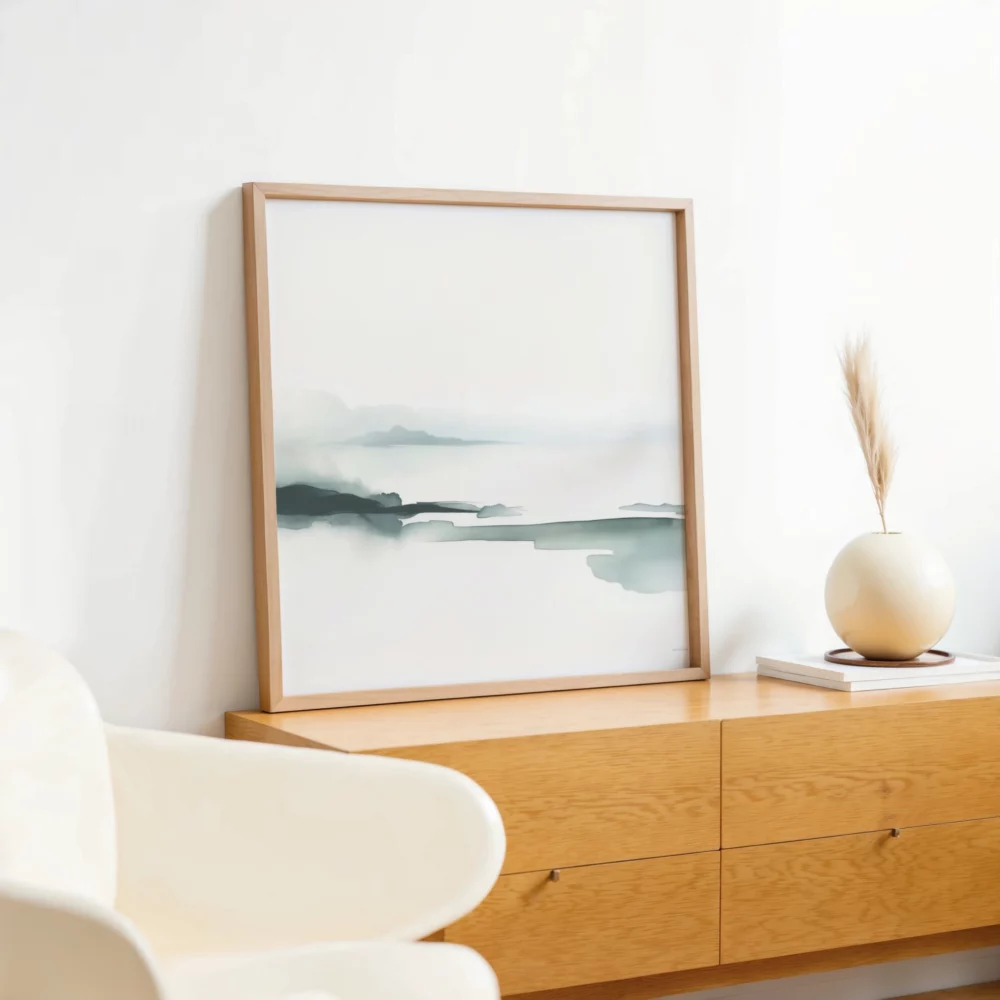
The Psychology of Overload: Why Your Brain Craves Simplicity
Before we can appreciate the solution, we must understand the problem. The feeling of being overwhelmed in a cluttered space isn’t just in your head; it’s a measurable neurological response.
Our brains have a finite amount of processing power, a concept known as cognitive load. Every single object in your field of vision—every trinket on a shelf, every book in a messy pile, every complex pattern on a rug—is a piece of data that your brain has to register and process. When a room is cluttered, it creates a constant, low-level stream of competing stimuli.
This “visual noise” can lead to:
-
Increased Stress and Anxiety: Studies have shown a direct link between high levels of clutter and elevated levels of the stress hormone cortisol, particularly in women. A chaotic environment signals to our brain that our work is never done.
-
Reduced Focus: With so many distractions competing for your brain’s attention, it becomes significantly harder to focus on a single task, whether it’s reading a book, having a meaningful conversation, or simply relaxing.
-
Mental Fatigue: Constantly processing excess information is mentally exhausting. It can leave you feeling drained and uninspired, even if you haven’t been physically active.
Minimalist decor is a direct antidote to this modern ailment. By consciously curating our environment to include only those things that are beautiful, useful, or deeply meaningful, we reduce our cognitive load. We give our brains a break. We create a space that allows for mental clarity and genuine relaxation. And the most powerful and personal way to instill this ethos into a room is through the art on its walls.
Defining the Aesthetic: What is Minimalist Art?
Minimalist art is not about a lack of content; it’s about a precision of content. It’s an artistic discipline that strips a subject down to its absolute essence, communicating its message with the fewest possible elements. This isn’t emptiness; it’s elegance.
Let’s break down the key characteristics of minimalist art:
-
The Celebration of Negative Space: In minimalist art, the empty space around the subject (the “negative space”) is not just a background; it’s an active and essential component of the composition. This “breathing room” gives the subject power and clarity. It allows your eye—and your mind—to rest, preventing the piece from feeling crowded or overwhelming.
-
Focus on Essential Forms: Whether the subject is a human figure, a landscape, or an abstract concept, a minimalist artist will distill it to its most fundamental form. A forest might become a series of simple vertical lines; a face might be rendered in a single, unbroken stroke. This focus on the essential shape is what gives the art its clean, graphic power.
-
A Restrained and Intentional Palette: Minimalist artwork avoids complex or jarring color combinations. The palette is often highly controlled and limited. This could mean a monochromatic scheme (different shades of a single color), a simple pairing of a neutral with one accent color, or the ultimate expression of minimalism: black and white wall art. This restraint creates a sense of harmony and sophistication.
-
The Power of a Single Line: Line art is a quintessential form of minimalism. The ability to capture the essence of a subject—its movement, its shape, its emotion—with a single, flowing line is a testament to the “less is more” philosophy. It is simple, elegant, and profoundly expressive.
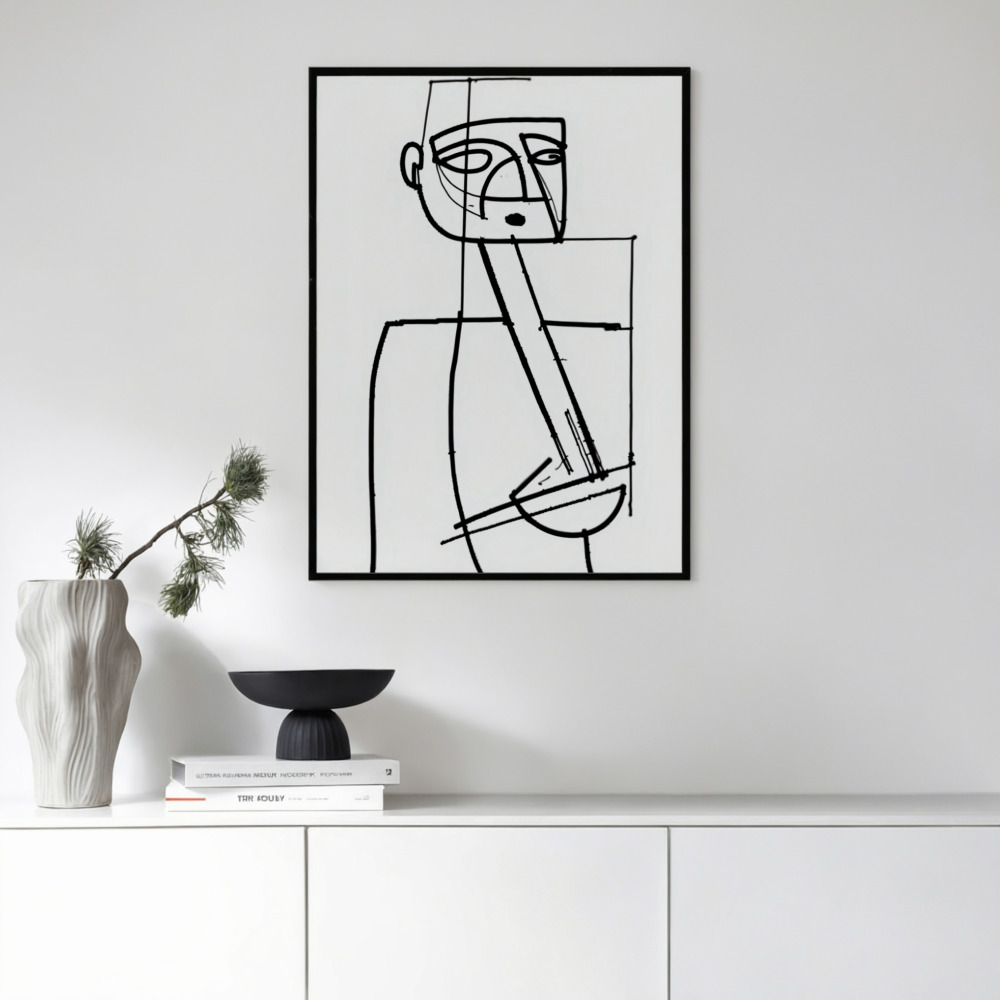
The Sanctuary Effect: How Minimalist Art Creates a Calming Atmosphere
Now, let’s connect these artistic principles to the psychological benefits. How exactly does hanging a simple piece of abstract wall art or a piece of line art transform a room into a sanctuary?
It Radically Reduces Visual Noise
This is the most direct benefit. A minimalist art is the antithesis of the visual chaos we described earlier. By presenting a simple, uncluttered composition, it asks very little of your brain’s processing power. It doesn’t shout for attention or overwhelm you with details. Instead, it offers a point of visual rest, a calm island in the stream of your visual field. This reduction in “noise” has a direct and immediate calming effect on your nervous system.
It Encourages Mindfulness and Presence
A busy, complex piece of art can pull your mind in a dozen different directions. A minimalist art does the opposite. Its simplicity invites a quieter, more focused kind of contemplation. You might find yourself tracing the path of a single line, appreciating the subtle texture of a color block, or simply letting your gaze rest in the open negative space. This act of quiet observation is a form of mindfulness. The artwork becomes a gentle anchor to the present moment, helping you to tune out mental chatter and simply be in your space.
It Creates a Sense of Order and Control
In a world that often feels chaotic and out of our control, creating a sense of order in our personal environment can be incredibly empowering. Minimalist art, with its emphasis on balance, structure, and clean composition, contributes significantly to this feeling. The intentionality behind a minimalist piece—the feeling that every line and shape is exactly where it’s supposed to be—translates to the room itself. It helps to foster an atmosphere of peace, stability, and control, reinforcing the idea that your home is a safe and well-ordered refuge.
It Amplifies Light and the Feeling of Space
Cluttered walls, filled with many small, dark, or busy pictures, can make a room feel smaller and more enclosed. Minimalist art prints, with their generous use of negative space and often light-colored backgrounds, have the opposite effect. They make a wall feel more expansive. They reflect light rather than absorb it, contributing to a brighter, airier atmosphere. This visual expansion can make even a small room feel more open and liberating, a key component of a serene home.
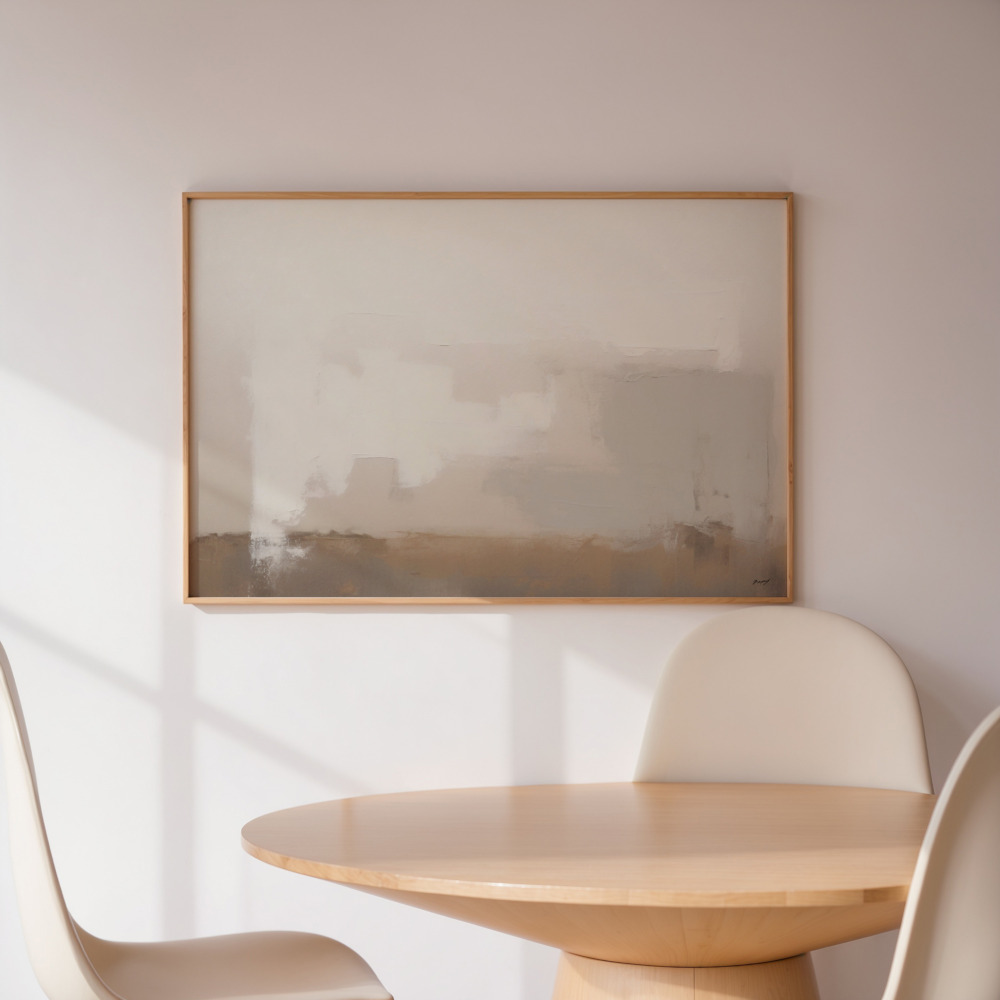
Exploring the Styles of Simplicity: Finding the Minimalist Art That Speaks to You
Minimalism is not a monolith. It’s a broad philosophy with many beautiful expressions. Here are some of the most popular styles of minimalist art to consider for your sanctuary:
-
Line Art: Elegant, fluid, and often humanistic. Single-line drawings of faces, figures, and botanicals are incredibly popular. They bring a touch of soft, organic grace to a room without adding complexity. They feel personal and artistic, celebrating the simple beauty of a well-drawn line.
-
Abstract Wall Art: This category is vast, but in minimalism, it focuses on shape, color, and texture. Think of prints featuring simple geometric shapes like circles and arches, or compositions of a few balanced color blocks in a muted palette. This type of art is non-representational, meaning it’s free to evoke a feeling or a mood directly, without the filter of a recognizable subject.
-
Minimalist Photography: This style captures the real world but through a minimalist lens. It seeks out simplicity in nature and the built environment. Think of a stark desert landscape with a single road, the clean architectural lines of a modern building against a clear sky, or a foggy seascape where the water and sky blend into one. It finds the profound in the simple.
-
Black and White Wall Art: This is the ultimate expression of the minimalist ethos. By removing color entirely, black and white wall art forces us to focus on the fundamental elements of composition: light, shadow, form, and texture. It is timeless, sophisticated, and incredibly versatile. A bold black and white abstract or a simple line drawing can provide a powerful graphic anchor in any room, adding drama and style without ever feeling dated.
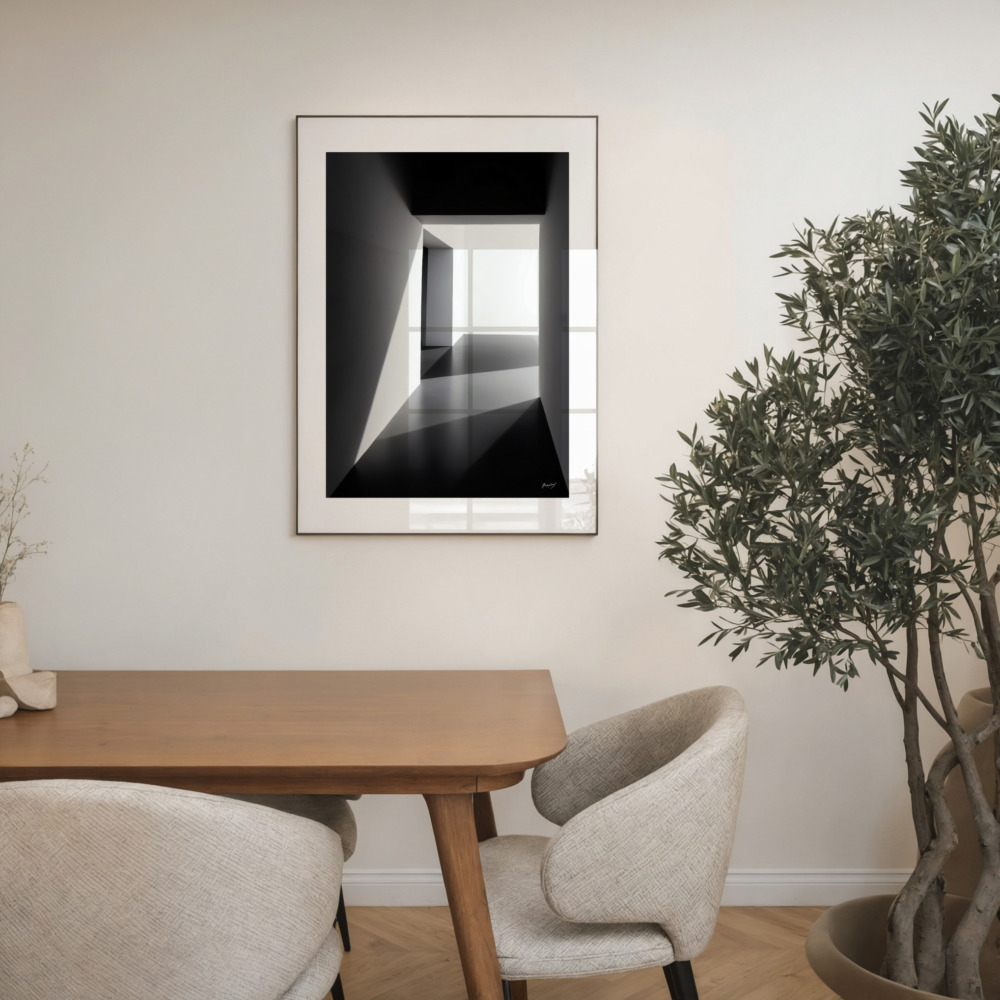
A Practical Guide to Minimalist Curation
Bringing minimalist wall art into your home is an exercise in intentionality. Here are a few ways to do it effectively:
-
The Solitary Statement: The most powerful minimalist statement is often a single, large-scale piece. Hang one large print in a place of prominence, like over your bed or sofa. Give it plenty of wall space on all sides. This allows the piece to command the room with quiet confidence and sets a definitive tone for the entire space.
-
The Balanced Duo: Hanging two complementary prints side-by-side as a diptych is a wonderful way to create a sense of harmony and balance. The prints could be two parts of a single image or two different but stylistically related pieces. This approach is perfect for above a console table or along a hallway.
-
The Mindful Gallery Wall: A minimalist gallery wall might sound like a contradiction, but it can be done beautifully. The key is consistency and space.
-
Use identical frames: Simple, thin frames in black, white, or natural wood will unify the collection.
-
Leave generous spacing: Don’t crowd the prints together. Allow for ample “breathing room” between each frame.
-
Stick to a theme: Curate a collection of all line art, all black and white photography, or all abstracts in a similar palette. This cohesion prevents the wall from looking cluttered.
The Art of Serenity is for Everyone
The philosophy of minimalism—finding joy in simplicity and quality—shouldn’t be an exclusive or expensive pursuit. Creating a serene home should be accessible to all. The wonderful thing about the modern art market is that high-quality, beautifully designed minimalist art prints are more affordable than ever.
Online curators and specialty shops, including our own Print Studio, have made it easy to discover and purchase art that perfectly aligns with this aesthetic. You can now thoughtfully build a collection of art that calms your spirit and elevates your space without the intimidating price tag of gallery originals.
Conclusion: Embrace the Power of Less to Gain So Much More
In the end, creating a sanctuary is not about what you add, but what you choose to subtract. It’s about clearing away the noise to make space for peace. Minimalist wall art are one of the most powerful tools we have for this sacred act of decluttering.
They teach us that a single line can be more expressive than a thousand details. They show us that empty space is not a void, but an opportunity for our minds to rest. They prove, time and again, that true beauty lies not in complexity, but in the elegant, intentional, and profound power of less.
By choosing art that is simple, serene, and soulful, you are doing more than decorating a wall. You are sending a clear message to your subconscious: This is a place of calm. This is a place of peace. This is my sanctuary.
Ready to transform your space? Explore our curated collection of minimalist art prints at Print Studio and bring the beauty of simplicity into your home.

